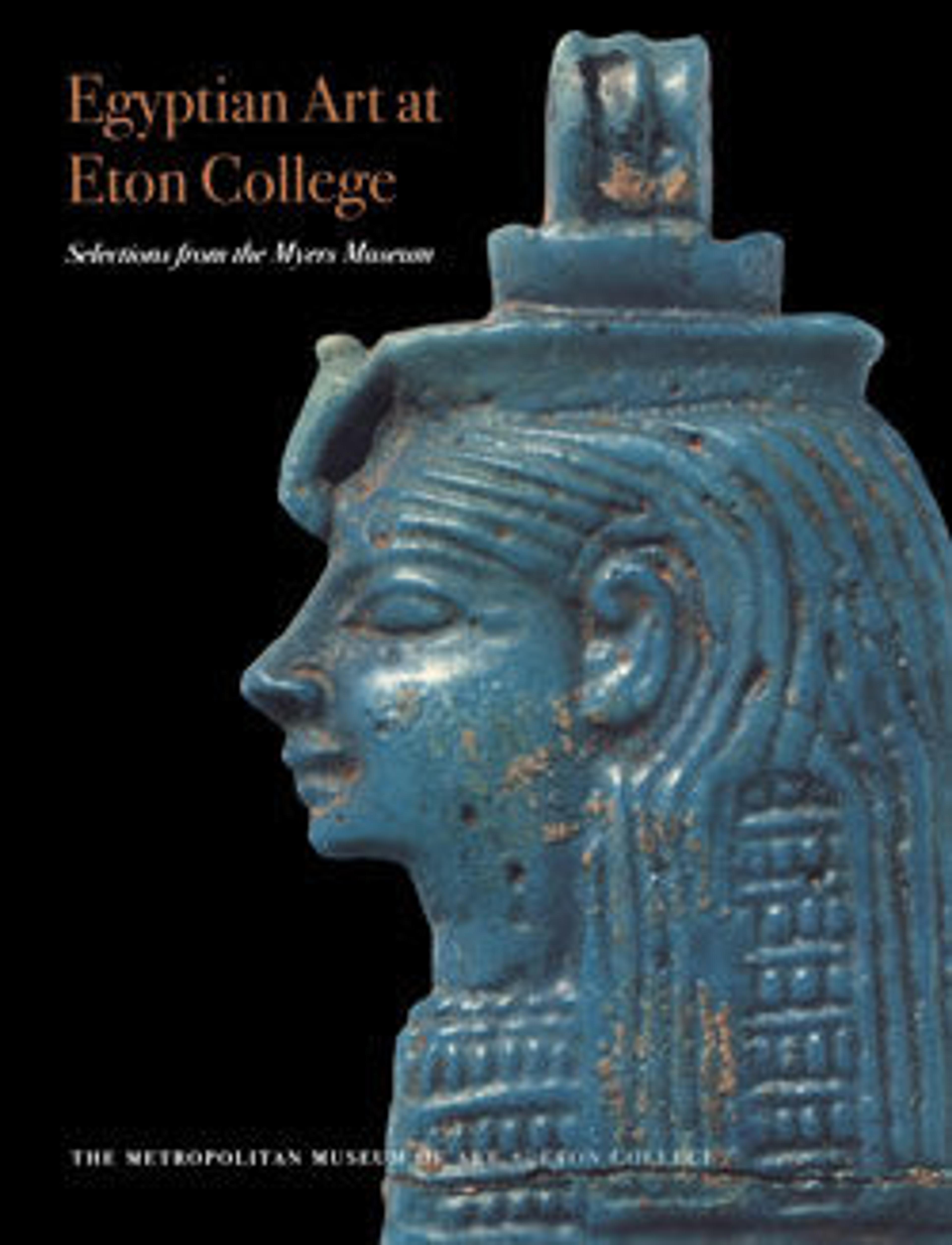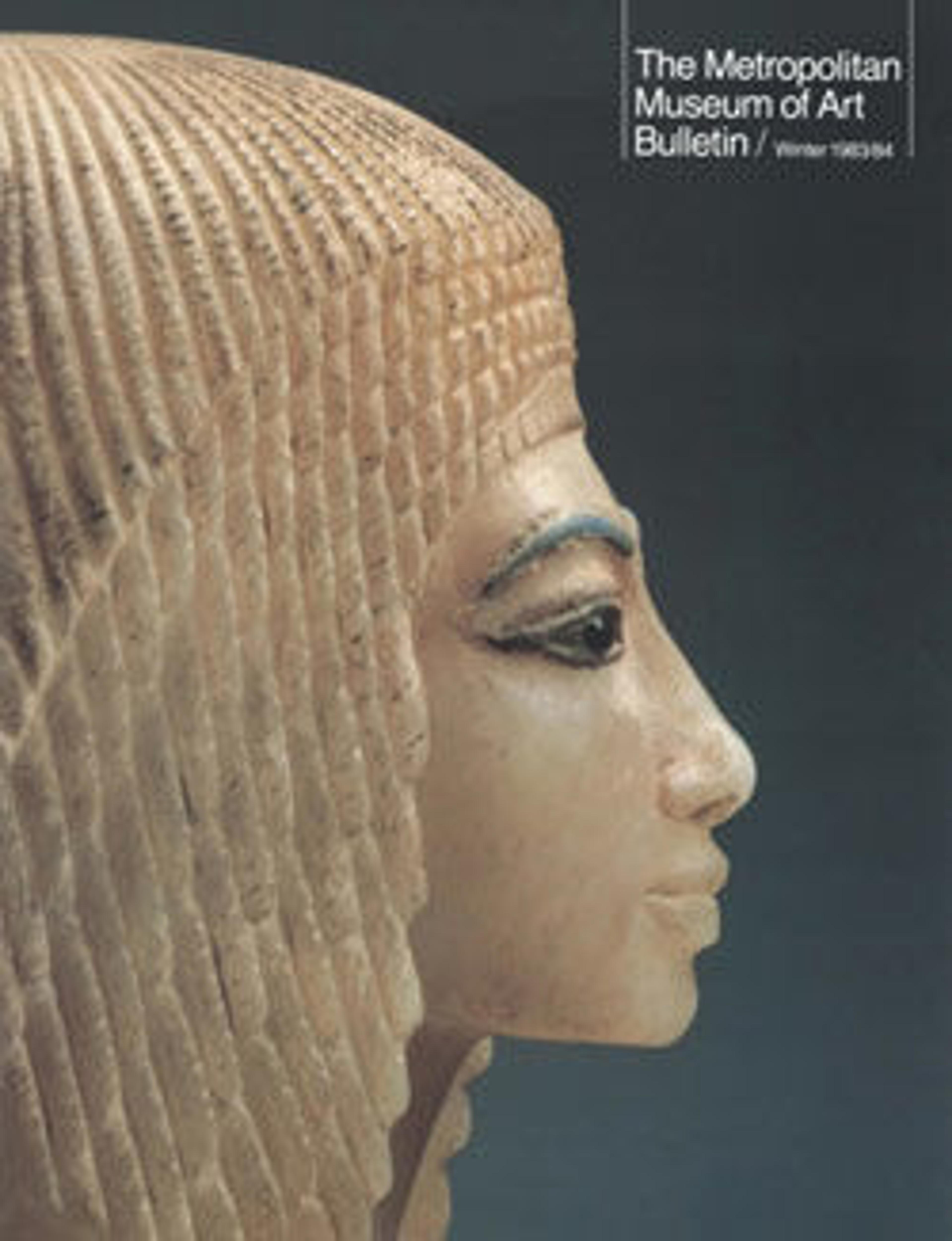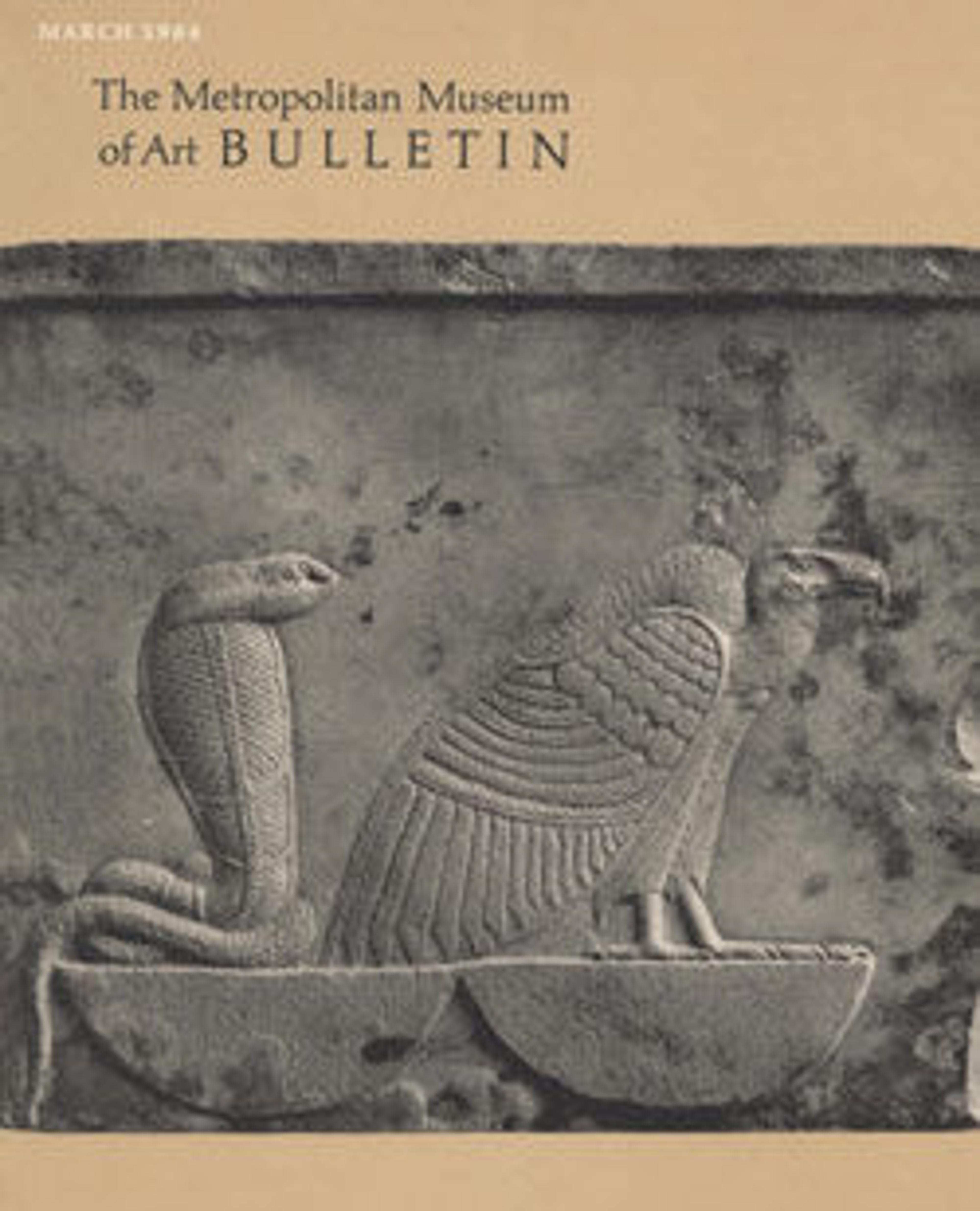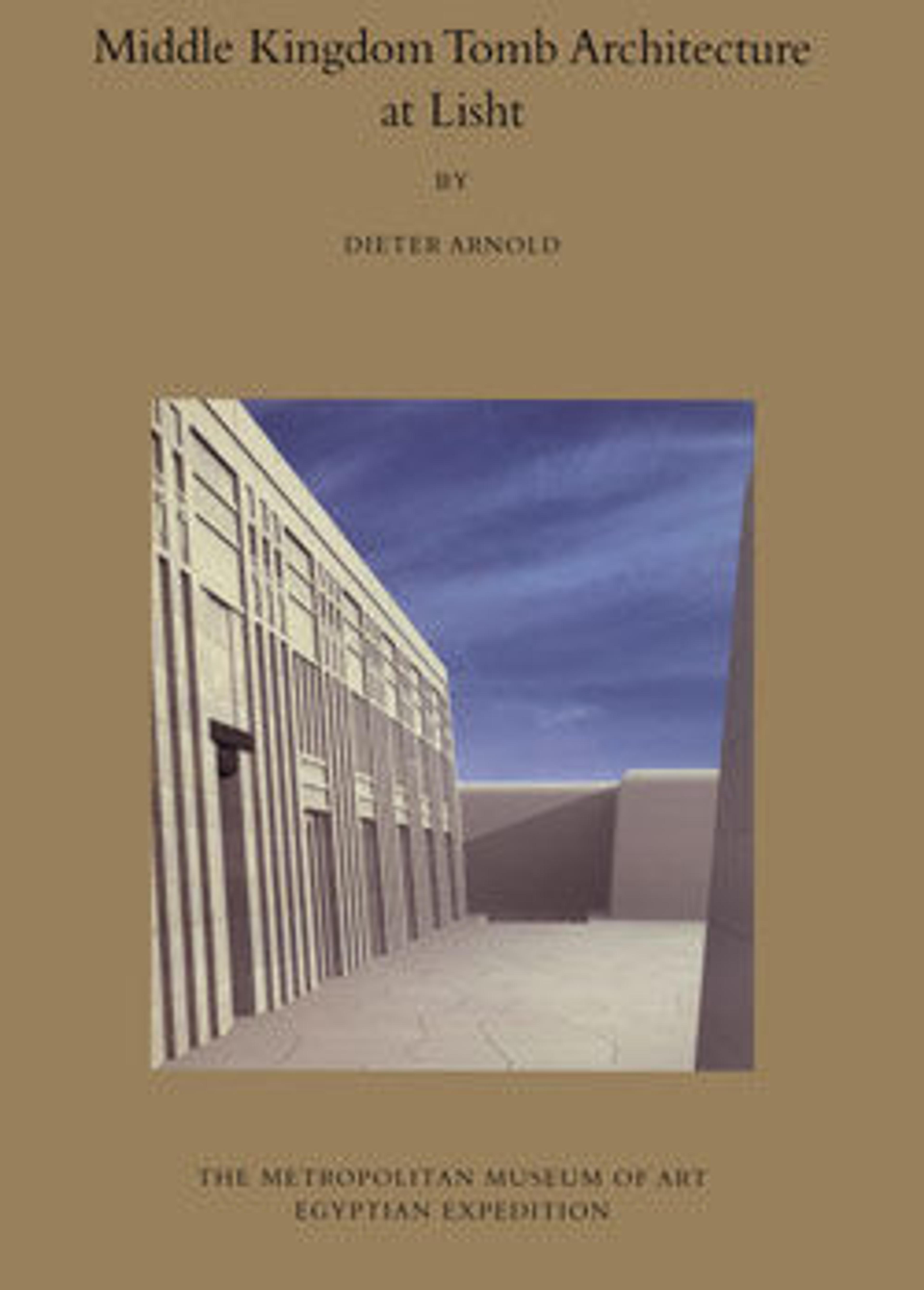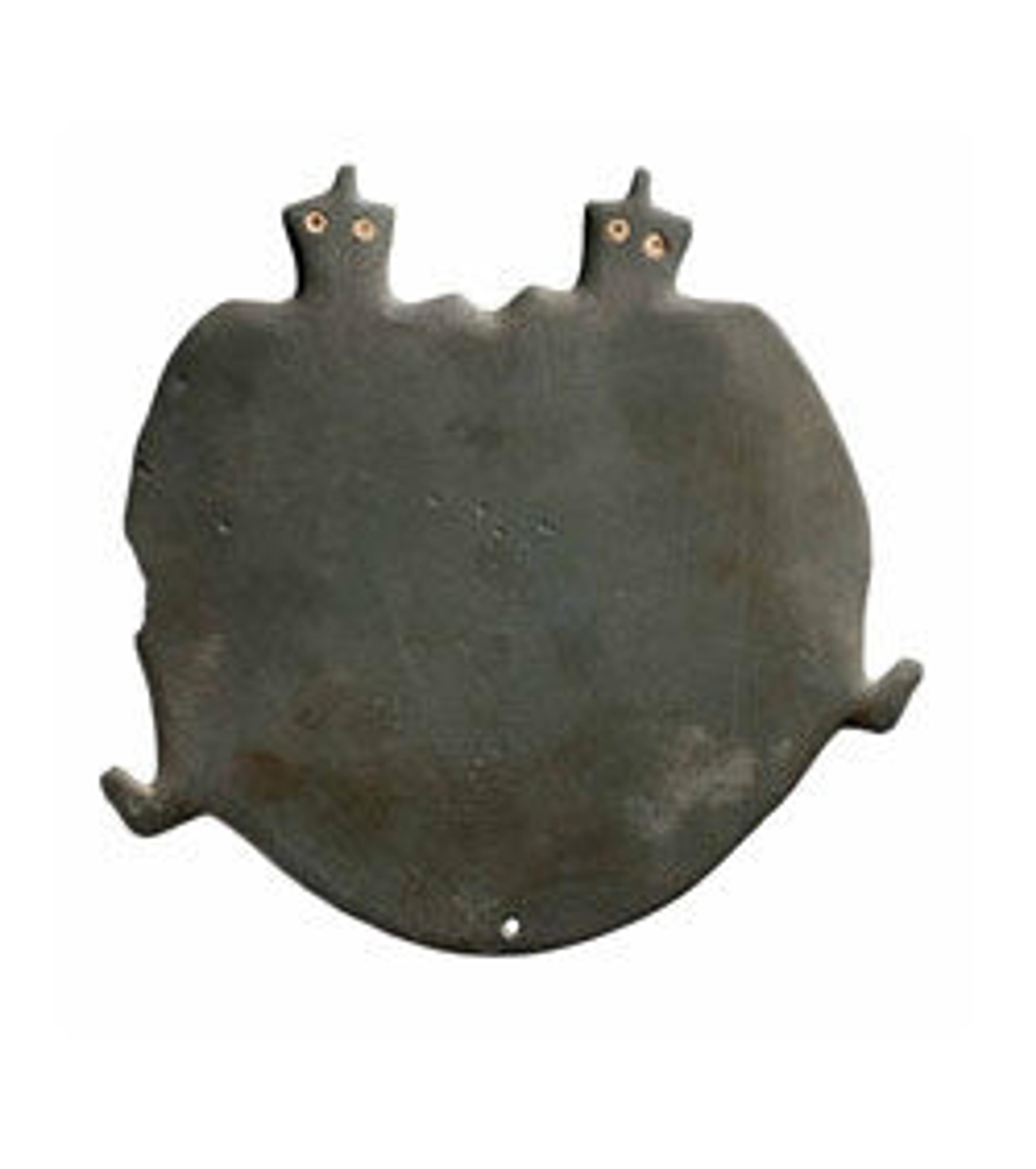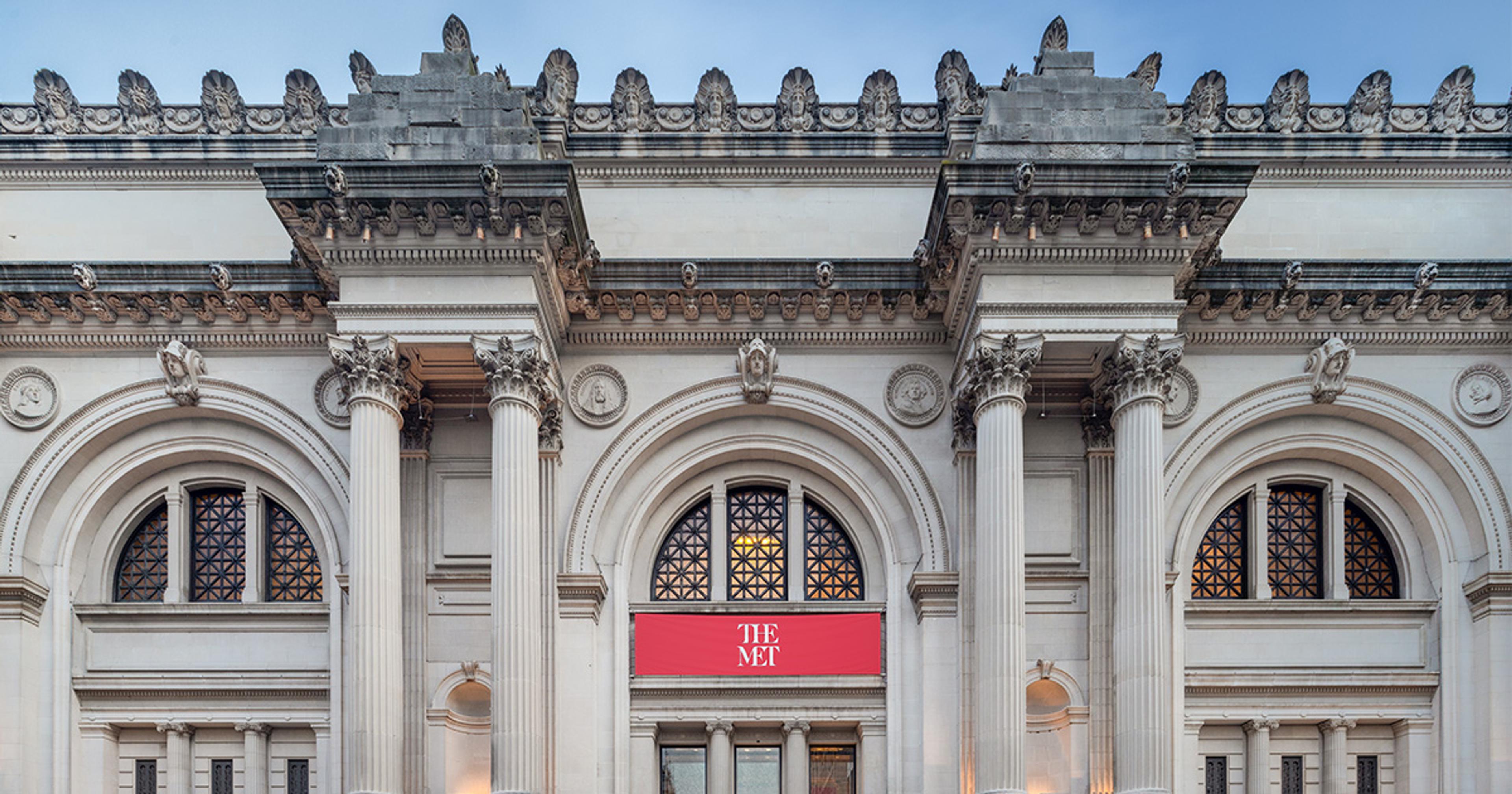
Egyptian Art at Eton College: Selections from the Myers Museum
72 pages
100 illustrations
8.5 x 11 in
This title is out of print.
Chronology
Foreword
Major W. J. Myers, O.E.: Soldier and Collector
Stephen Spurr
Ancient Egypt in the Myers Museum
Nicholas Reeves
Kingship and Fertility by the Nile: The Background of the Myers Museum Collection
Stephen Quirke
Catalogue
Nicholas Reeves and Stephen Quirke
Select Bibliography
You May Also Like
A slider containing 5 items.
Press the down key to skip to the last item.
Press the down key to skip to the last item.
Citation
Spurr, Stephen, Nicholas Reeves, and Stephen Quirke. 1999. Egyptian Art at Eton College: Selections from the Myers Museum. New York: Metropolitan Museum of Art.
